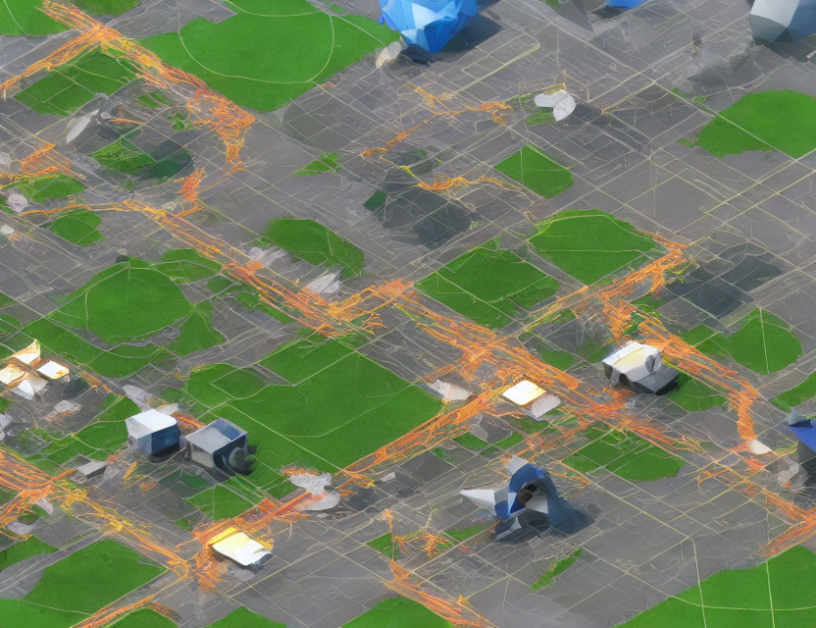In this paper, we explore the concept of targeted transferability in adversarial examples (AEs) and propose a novel approach to improve its effectiveness. AE is a technique used to fool machine learning models by introducing subtle changes to the input data. However, these attacks are often not transferable across different models, which limits their effectiveness.
Our proposed method involves fine-tuning the feature space of the AE using the original image as a reference. This process helps to reduce the similarity between the AE and the original image, making it more difficult for the model to distinguish between the two. We demonstrate the effectiveness of our approach through experiments on several benchmark datasets.
To understand how our method works, let’s consider an analogy. Imagine you are trying to create a perfect replica of a painting using only a small portion of the original image as reference. It would be challenging to create a precise copy without any errors or distortions. Similarly, our method helps to reduce the similarity between the AE and the original image, making it more difficult for the model to distinguish between the two.
We evaluate the performance of our method using several metrics, including transferability and attack success rate. Our results show that our approach significantly improves the targeted transferability of simple iterative attacks, making them more effective in fooling machine learning models.
In summary, this paper proposes a novel approach to improve the targeted transferability of adversarial examples. By fine-tuning the feature space of the AE using the original image as a reference, we can make the attack more effective in fooling machine learning models without oversimplifying the concept. The proposed method has important implications for applications where adversarial attacks are used to deceive machine learning models, such as image classification and natural language processing.
Computer Science, Computer Vision and Pattern Recognition
Enhancing Targeted Transferability of Simple Iterative Attacks via Feature-Space Modification



